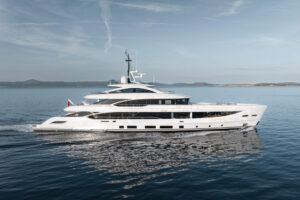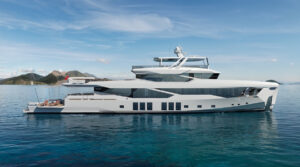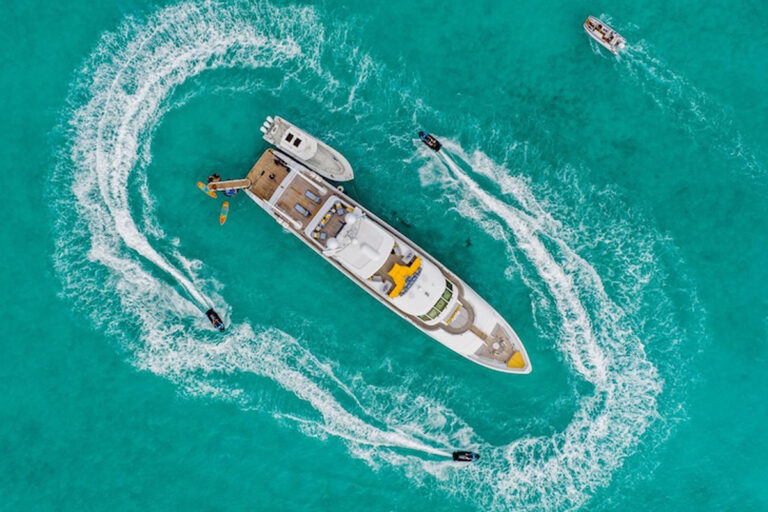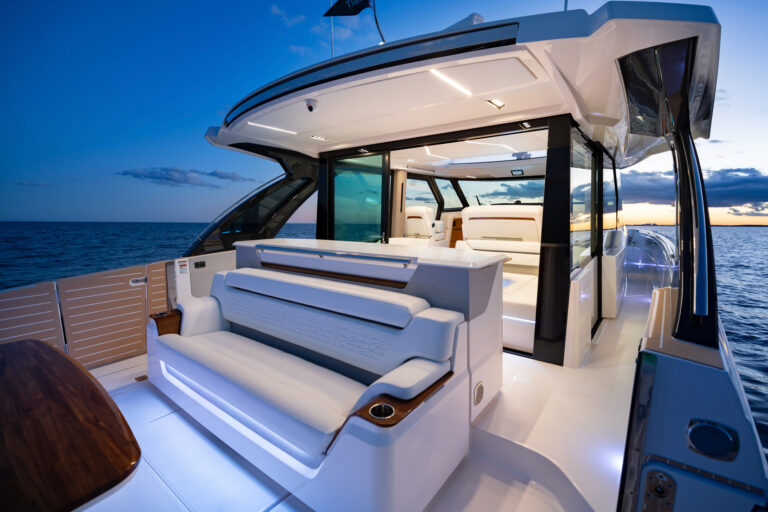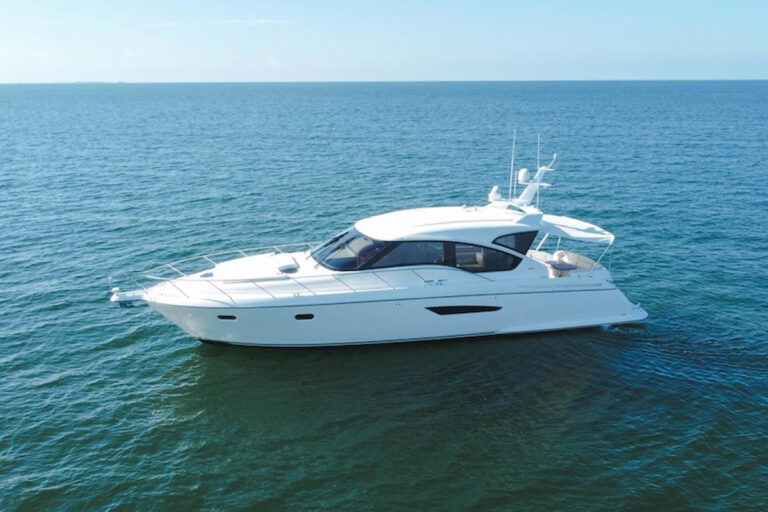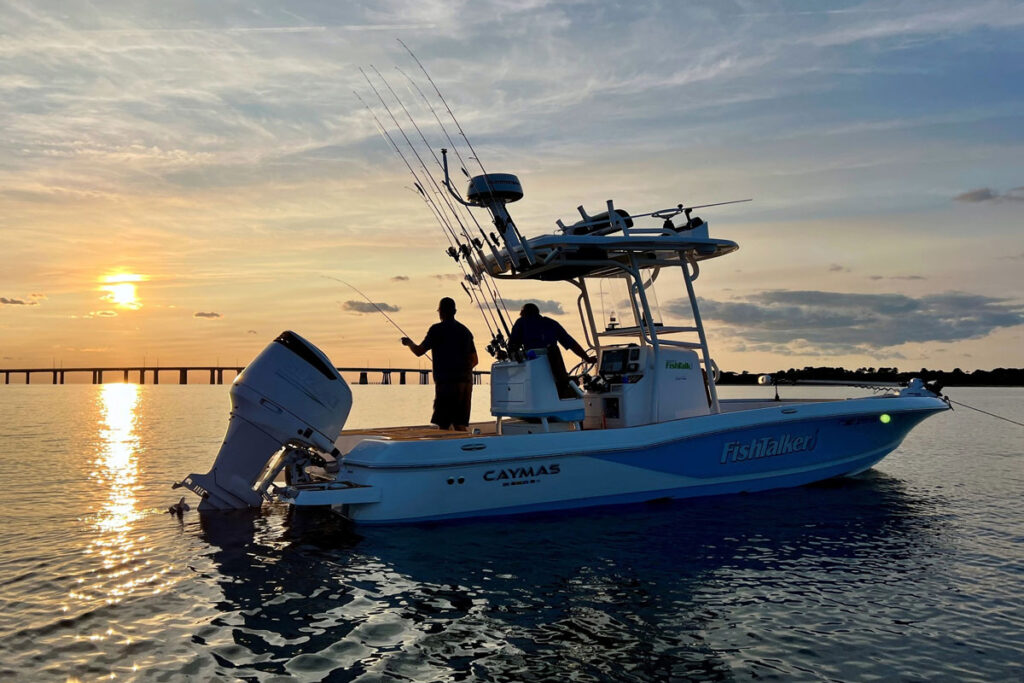
Navigation lights are required aboard all but the smallest boats to legally operate in the dark, but more importantly, they’re a mission-critical safety feature. Even if you don’t plan to use your boat at night, there will almost certainly come a time when you’re running late or foul weather puts you behind schedule. Plus, lights are a must in other forms of restricted visibility like heavy fog. Without the proper nav lights, other captains may not see you or will likely be confused by the other lights aboard.
Diagnosing Navigation Light Problems
Before you can fix those nav lights, you need to identify the problem. In many cases, it boils down to a bad connection, switch or bulb. It may sound funny, but step number one is simply to tap the light fixture. Navigation lights, especially those mounted in a rub rail or right on the forepeak of a boat, are subject to huge amounts of vibrations and moisture. Their bulb-to-housing connections regularly go bad and a tap or two on the housing will often jiggle the connection enough for the light to flicker, in which case you’ve identified the problem. And in this case, cleaning the housing and bulb may be all that’s necessary to resolve the issue.
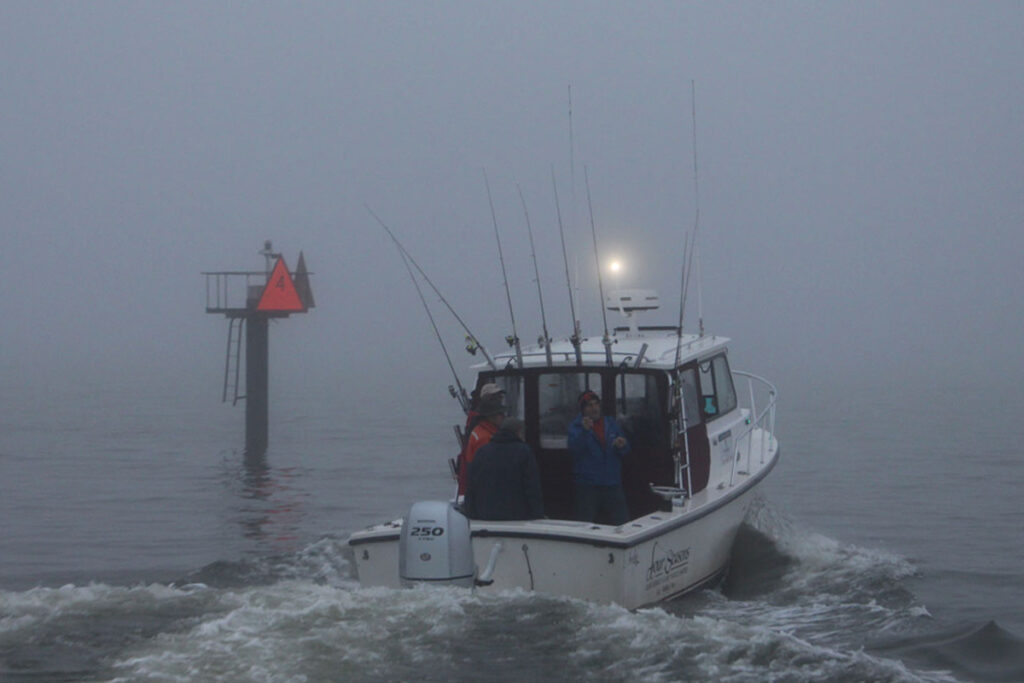
If you have a boat with an anchor locker on the bow and the bow lights are malfunctioning, the next step is to open the locker, look inside and try to spot wiring inside. On many boats, the bowlight wires run through the anchor locker and are supported by plastic clamps or tie-wraps, either of which can fail. Then the wires droop, and may get snagged by an anchor part. When this happens the wire usually gets ripped or broken and you might never notice until you try to turn the lights on.
Another common issue arises with removable nav lights that are mounted on poles, which drop into a wired receiver mount on the gunwale. If you have one of these, you should immediately suspect the mount itself. Since these are located atop a gunwale, water naturally wants to run down into the socket, and despite rubber caps or sliding covers, it usually does-eventually. The pins inside the mount corrode, and when you slide in the pole it doesn’t get a good electrical connection. Check by testing the mount at the wire connections with a multimeter.
Assuming the problem isn’t one of these easy-to-ID issues, you’ll need to remove or open the light fixture and test it with a multimeter to make sure it’s getting a reliable stream of electricity. If it is, the bulb or LED is almost certainly to blame and needs replacement. If it isn’t, you need to trace the wires back to the next connection point (most likely the switch at the helm), then to the bus bar or breaker and so on, until you locate the connection or switch that’s preventing the flow of electricity.
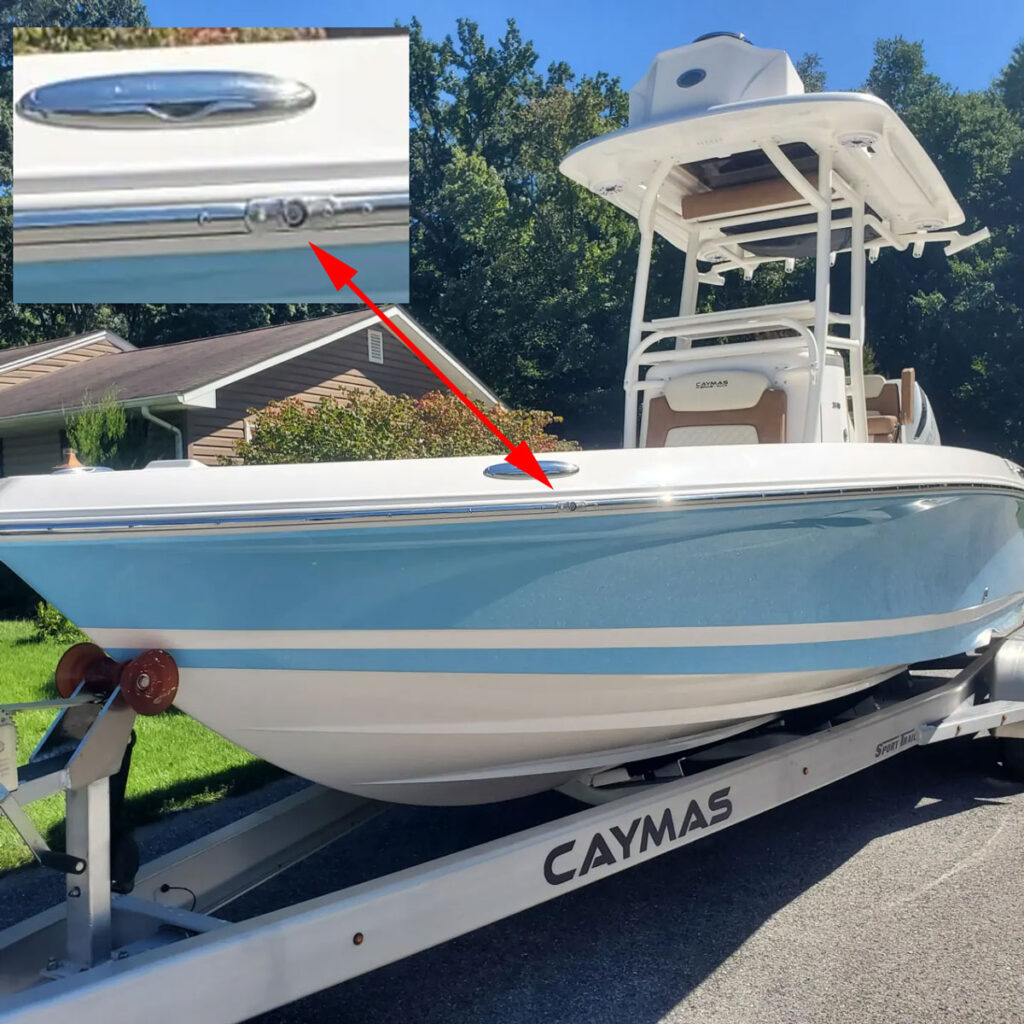
Repairing Navigation Lights
How you go about the repairs will depend on the nature of the problem. If it’s a bad wiring connection, obviously, you’ll need to cut the old one away and re-connect it using crimp-on spade connectors and heat-shrink tubing. Bad switches will need to be replaced completely.
If a bulb or LED has gone bad obviously it will need replacement, however, don’t stop there. You should closely inspect the light housing and the lens. Make sure there aren’t any cracks, holes, broken seals or other issues that could be allowing water to penetrate the light itself. If there are, your replacement bulb will likely live a short life before it becomes damaged too. Additionally, look closely to make sure corrosion hasn’t formed inside a damaged housing. If it has, you should replace the entire unit.
In the case of pole-mounted lights that drop into wired receiver mounts, you may be able to clean the connections inside of the mount and get the light back into service. However, if you don’t find a way to prevent future water intrusion the light will likely fail in short order. Much of the time, replacing the mount itself will be necessary to completely solve the problem.
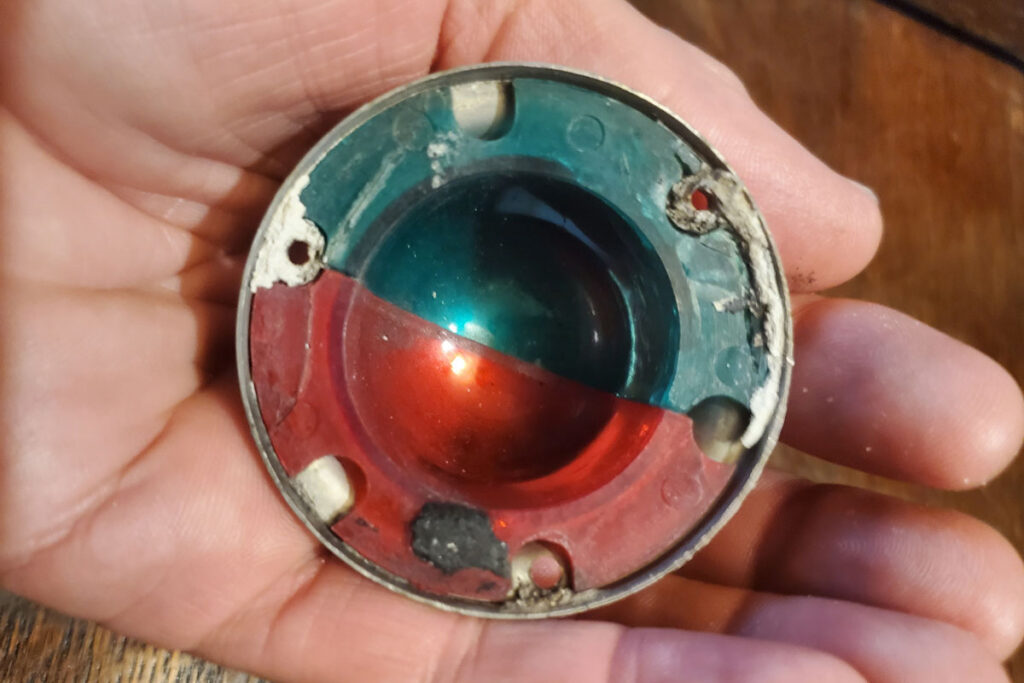
The Importance of Repairing Navigation Lights
We can’t stress enough, navigation lights are a critical safety component on all boats, whether you use yours at night or not. And if you end up on the water after dark, whether on purpose or by accident, you’ll be breaking the law. If your navigation lights fail, you need to fix them yourself or have a pro tackle the job quickly.


